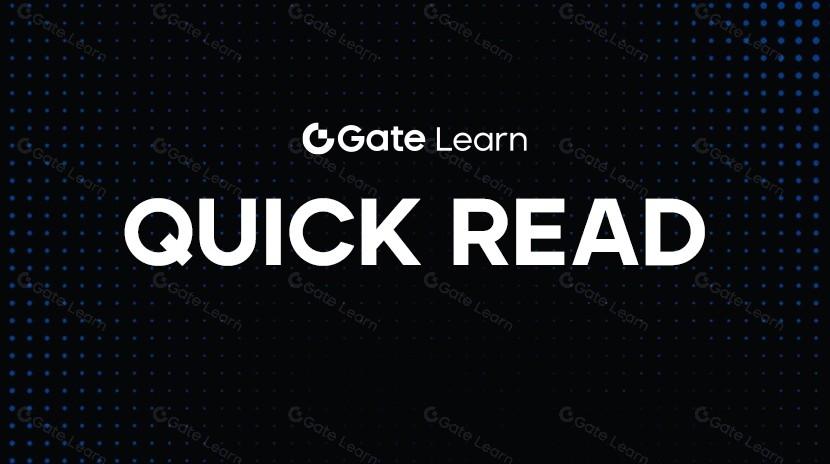What is Wayfinder (PROMPT) ?
What is Wayfinder?

(Source: AIWayfinder)
Wayfinder is an AI-native, cross-chain oriented infrastructure network that allows users to have their own AI agents (Shells), enabling these Shells to securely and efficiently operate assets in the Web3 world. Its core goal is to address the three major pain points of AI operations on-chain.
- Context missing: AI struggles to understand the context and contract logic in the on-chain environment.
- Low operational efficiency: lack of structured indexing, requiring repeated reading and learning.
- High development threshold: Existing tools are difficult to provide friendly interfaces and on-chain functions for AI agents.
Wayfinder constructs a set of on-chain paths called Wayfinding Paths, allowing AI Shell to navigate to target applications like GPS, completing operations such as token exchange, NFT minting, cross-chain transfers, and more. Furthermore, Wayfinder also establishes an intelligent graph called Wayfinder Graph, making the connections between applications, contracts, and asset nodes in the entire on-chain world traceable, searchable, and programmable.
Shells: Chain AI accessible to everyone
Shells are the core units in the Wayfinder ecosystem, which are AI agents controlled by users. Each Shell has:
- Exclusive wallet and private key management permissions
- Memory system and contextual data storage capacity
- Pathfinding capability linked to Wayfinder map
- LLM interface, which can understand human semantics and issue task instructions
Instead of calling Shell an intelligent being, it is better to say that it is a self-driving wallet. Just give it a destination, such as finding the most cost-effective way to purchase a certain NFT, and Shell will search, make decisions, and trade on behalf of the user, even bypassing the intricate details of DEX, Bridge, cross-chain transfers, etc. All of these operations are built on Wayfinding Paths, which are navigation routes created, verified, and shared by the community. Each path represents a set of executable smart contract operation sequences, and Shell uses these paths just like a driver uses Google Maps.
Wayfinder Graph Intelligent Map
Wayfinder Graph is the intelligent core of the entire network, which is not only a static contract index, but also an operational dynamic tool chain. The nodes in the graph include:
- Smart contract address and its functional classification (e.g., ERC20, NFT Mint)
- On-chain assets (such as: token, NFT, Liquidity Pool)
- Contract Functions and API
- Programmable Operation Sequences (Routines)
Shell can ask through semantic queries: Where is the best exchange rate for ETH - USDC? Which NFT Marketplace offers a 10% discount? And what is the staking path for a certain token? These complex questions will be parsed by the graph and directed to executable steps. Such a graph system also brings true smart interoperability to the Web3 world: without the need for a dozen manual interfaces and tools, Shell can seamlessly transfer coins from Ethereum to Solana, or automatically execute farming strategies on the Cosmos chain, just by understanding the graph.
Decentralized community and knowledge sharing mechanism
Wayfinder’s unique design lies in the fact that it is a crowd-sourced intelligent navigation system. Anyone can participate:
- Establish Wayfinding Paths: Design a pathway to a specific protocol.
- Submit verification and staking: Validators need to stake tokens to guarantee the correctness of their paths.
- Charging a user fee and rewarding: For a frequently used path, its creator can earn profits.
This mechanism brings several benefits:
- The economic guarantee of the correctness of the path (stake/slash mechanism)
- The ecological map can expand with the contribution of the community, forming a positive cycle
- Each Shell can learn and replicate the successful experience of other Shells (shared memory)
When a path fails or the risk is too high, the system will automatically remind Shell or request user confirmation, greatly reducing the risk of error interaction.
Tokenomics of Wayfinder
Wayfinder’s native token (PROM) is the core fuel and governance mechanism for the entire network operation. The total supply limit of Wayfinder’s native token is set at 1 billion coins. In the initial allocation, tokens will be distributed to different participants and purposes according to the following ratio:
Cached (Reserved Resources) - 40%
This is the largest part of the token allocation, used for future ecological growth, liquidity, partnerships, or potential use cases that have not been disclosed. This allocation reserves a highly flexible operational space for the protocol.Investors - 25.49%
Specifically allocated to early supporters of the project, this part usually includes private equity institutions, seed rounds, and strategic partners, which may have certain lock-up and vesting periods.Team - 16.51%
Allocate to the core development team and contributors as a reward for their participation and long-term commitment. Such allocations typically have linear unlocking conditions to encourage ongoing investment and governance participation.Foundation Treasury(基金会金库)- 6.66%
Held by the foundation, used to support ecosystem development, research, partnership proposals, and medium to long-term operational expenses. This fund is expected to be used through a transparent governance mechanism.Wayfinding Rewards - 5%
Designed specifically to incentivize the community to establish and verify Wayfinding Paths, developers can earn rewards by submitting valid paths and having them verified.Future Incentives - 5%
To reserve for future strategic incentives and growth plans, such as guiding new users, cooperative activities, community rewards, governance participation, etc., the details will be further determined by community governance.Launch Partner Treasury(启动合作伙伴金库)- 1.34%
Allocated to key partners who participated early in the protocol launch and testing as a reward for strategic support and mutual cooperation.
The Wayfinder team hopes to strike a balance between community incentives, technical contributions, and protocol stability, and in the future, these proportions and uses may be further adjusted and evolved through community governance.

(Source: paper.wayfinder.ai)
Token Usage
- Payment of navigation fees: Shell needs to pay a small amount of tokens each time Wayfinding Path is used.
- Create Shell: You need to burn a certain amount of tokens to generate a new Shell.
- Verification and Staking: Path creators need to stake tokens as collateral, and will be penalized if the path is incorrect.
- Governance participation: Token holders can vote on future features, parameters, and directions.
- Developer incentives and Bounty: Any unindexed target can initiate a bounty mechanism to encourage the community to establish paths.
Start trading PROMPT spot now:https://www.gate.com/trade/PROMPT_USDT

Summary
Wayfinder (PROMPT) is an on-chain AI navigation framework that solves real-world problems, making Web3 understandable by AI, simplified by humans, and capable of self-evolution by the community. For developers, it is a powerful toolset; for users, it is a smart on-chain navigation system, and for the entire ecosystem, it is the infrastructure connecting future on-chain intelligent entities.
Related Articles
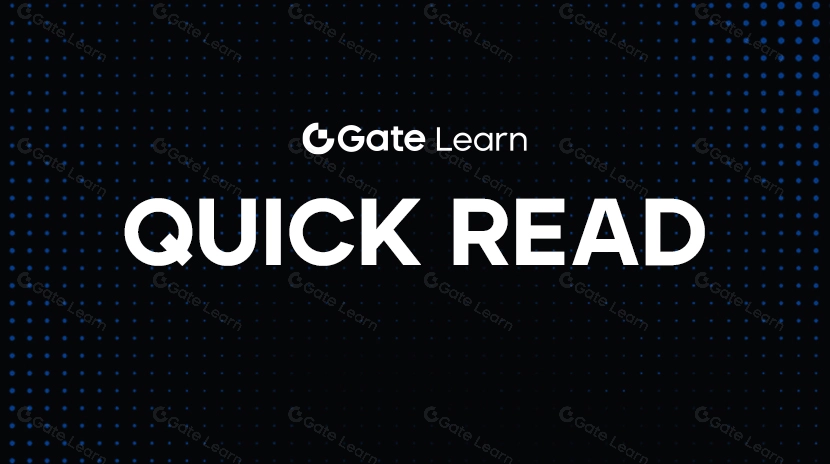
Pi Coin Transaction Guide: How to Transfer to Gate.com
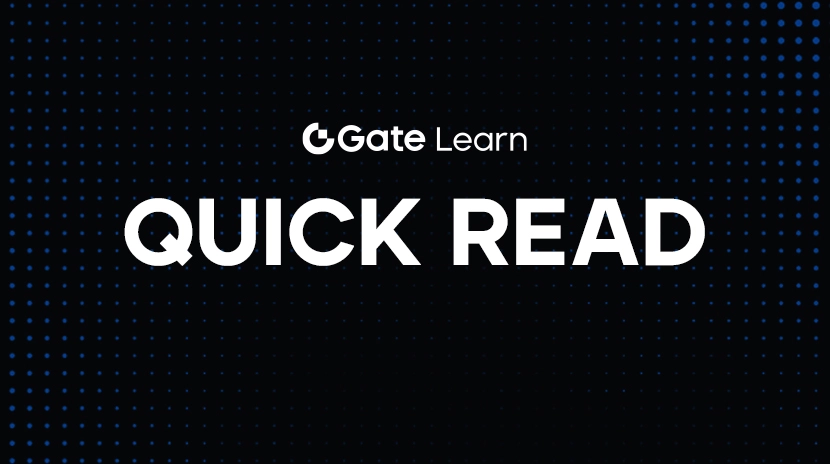
Flare Crypto Explained: What Is Flare Network and Why It Matters in 2025
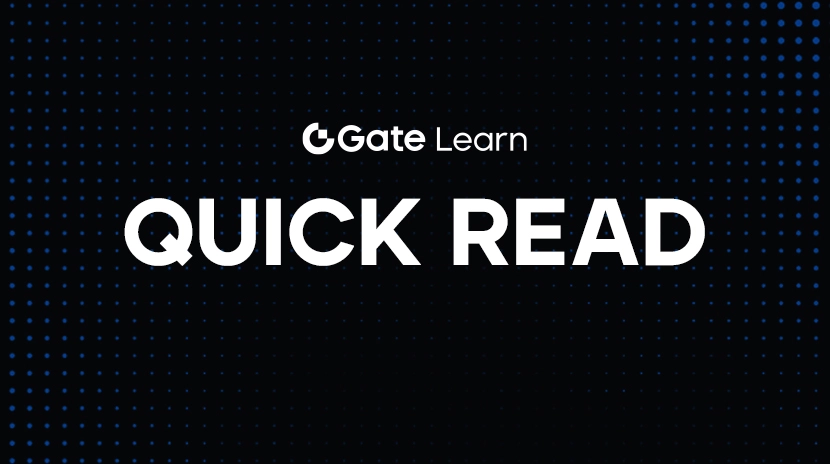
2025 BTC Price Prediction: BTC Trend Forecast Based on Technical and Macroeconomic Data
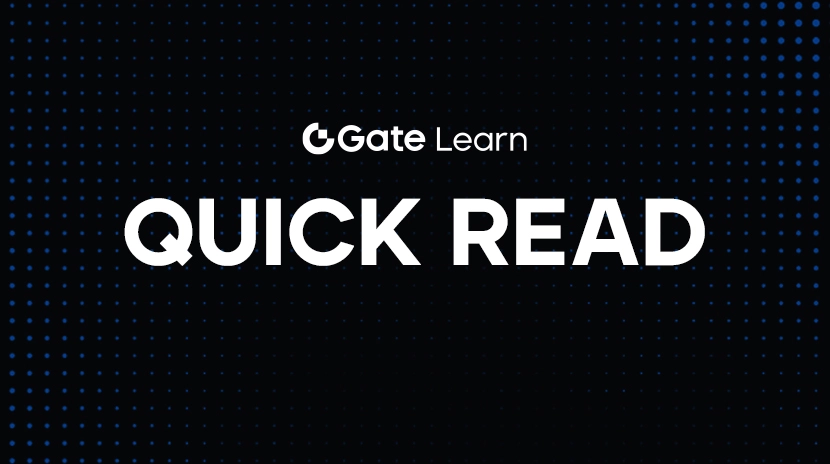
How to Use a Crypto Whale Tracker: Top Tool Recommendation for 2025 to Follow Whale Moves
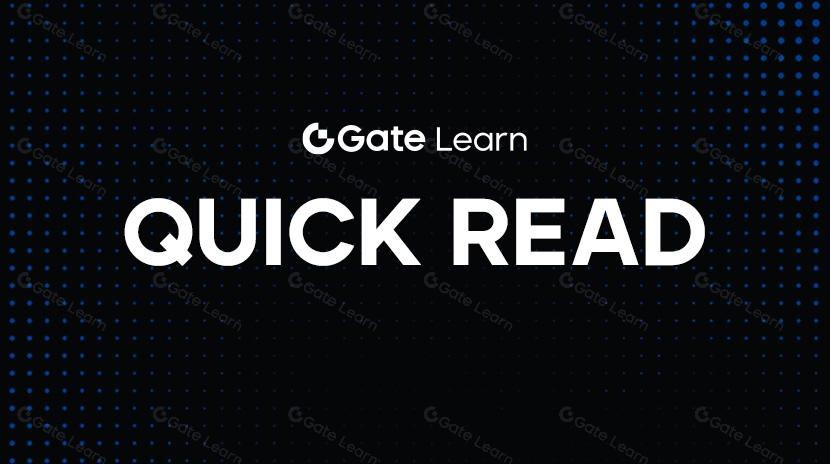
What is N2: An AI-Driven Layer 2 Solution
